Table of Contents
Components of Blood:
- Blood is an important fluid connective tissue & consists of two components – the fluid part called plasma & cells called formed elements.
- Formed elements are of three types – Red blood corpuscles, white blood corpuscles & blood platelets.
Plasma:
- Plasma is a faint yellow coloured, homogenous, non-living, slightly alkaline viscous fluid part of blood into which float different types of blood cells i.e. RBC, WBC & platelets.
- It contains several salts, glucose, proteins, amino acids, hormones, etc.
- The serum is blood plasma from which the blood-clotting protein called fibrinogen is removed.
Red blood corpuscles or Erythrocytes:
- Disc-shaped cells that contain a red-coloured pigment called haemoglobin, which is a protein with iron in its molecules.
- Haemoglobin transports oxygen & carbon-dioxide.
- These cells have no nuclei.
- In human beings, erythrocytes have an average lifespan of 120 days.
- Number – The total number of RBCs per microlitre is called the RBC count. Normal RBC counts are slightly low in a woman than a man. RBC count in an adult male is 5-5.5 million/cubic ml. of blood, while it is 4.5-5.0 million/cubic ml. in females. In infants and foetus it is 6-7 and 7-8 million respectively. The total number of RBC’s in adult man is 30 trillions.
- The instrument used to determine RBC count is haemocytometer.
- Two important factors that increase RBC count is a physiological condition and high altitudes.
- RBC count decrease due to heamorrhage, haemolysis, etc. and is called erythro-cytopenia while an increase in RBC count is known as Polycythemia.
White blood corpuscles or Leucocytes:
- Large & irregularly shaped cells.
- Much bigger than red blood cells & are fewer in number.
- Their cytoplasm is colourless, without haemoglobin.
- The life span of WBC’s is 3-4 days.
- They are of five types – lymphocyte, monocyte, neutrophil, eosinophil & basophil.
- Monocytes are the largest white blood cell.
- Lymphocytes are the smallest white blood cell.
- Consume harmful bacteria & viruses that enter our body & produce special proteins called antibodies that protect us from infection.
- Most white blood cells are amoeboid & can throw out pseudopodia by which they can squeeze out through thin walls of the capillaries into the tissues. This process is called diapedesis.
- The rise in WBC count is called leucocytosis. It is a physiological response to infection (pneumonia, appendicitis, etc.).
- Cancer (Leukemia) – occurs when there is an unwanted & uncontrolled increase in the number of white blood corpuscles.
- The fall in the WBC count is called leucopenia. It occurs in conditions like folic deficiency or AIDS infection.
Blood platelets or Thrombocytes:
- are smaller than the red blood cells.
- They are often without a nucleus.
- There are about 2,50,000 platelets per cubic millimeter of blood.
- They are produced in the red bone marrow and their life span is 3-7days only.
- A marked decrease in the number of blood platelets is called thrombocytopenia while an increase in number is called thrombocytosis.
- Their cytoplasm is colourless, with distinct granules.
- At injury, the platelets release a number of platelet factors and an enzyme-thromboplastin which helps in coagulation and clot formation of blood to prevent excessive bleeding.
Coagulation or Clotting of Blood:
The property of blood to change from a fluid to gel state within a few minutes of its coming in contact with air is called clotting. It is a nature’s device to check the excessive loss of blood from an injury. The process of clotting is initiated by blood platelets in mammals and thrombocytes in the case of other vertebrates. The injury of a tissue disintegrates the blood platelets while coming in contact with the collagen fiber release two substances- Serotonin and thromboplastin which minimise the loss of blood in two ways- Serotonin causes constriction of blood vessels thus reduces blood loss while thromboplastin helps in clot formation.
Clot Formation:
Formation of clot can be described in three steps-
When the blood capillaries are ruptured at the site of an injury, the blood platelets disintegrated and release a phospholipid, called platelet factor-3 (platelet thromboplastin). Injured tissue also releases a lipoprotein factor called thromboplastin. These two factors combine with calcium ions(Ca++) and certain proteins of blood plasma to form an enzyme called prothrombinase.
- Prothrombinase inactivates heparin (anti prothrombin or anticogulant) in the presence of Ca++. Prothrombinase catalysis breakdown of prothrombin (an inactive plasma protein) into an active protein called thrombin and some small peptide fragment.
- Thrombin acts as a proteolytic enzyme to separate two peptides from soluble plasma protein-fibrinogen molecules to form insoluble fibrin monomers. The thin long and solid fibers of fibrin monomer form a fine network over the wound and trap the blood cells (RBC’s, WBC’s and platelets) to form a crust called a clot. The clot seals the wound and stops bleeding. It takes 2-8 minutes to form a clot after injury. The platelets trapped in the clot release more thromboplastin which keeps the cycle going on. Soon after the clot starts contracting (by actin and myosin contraction apparatus), a pale yellow fluid is squeezed out. It is called serum. The serum is blood minus fibrinogen and corpuscles. It is therefore unable to clot.
Vitamin-K is also essential for the clotting of blood. It helps in the synthesis of prothrombin and fibrinogen in the liver. Deficiency of Vitamin-K in our diet delays in the clotting of blood and produces symptoms similar to those of haemophilla or bleeder’s disease.

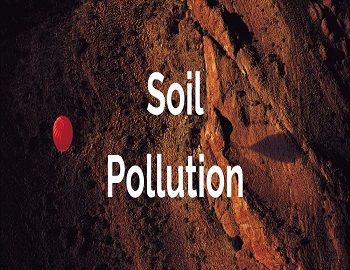
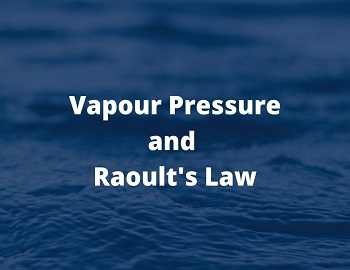
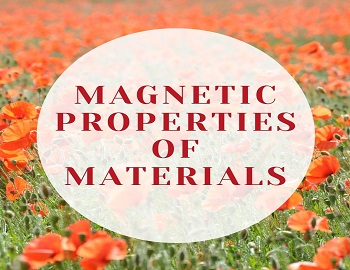

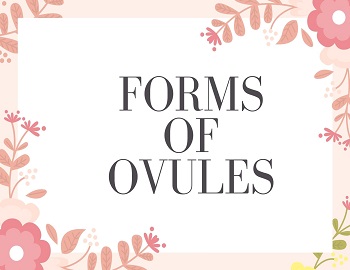
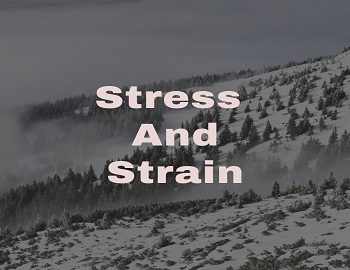
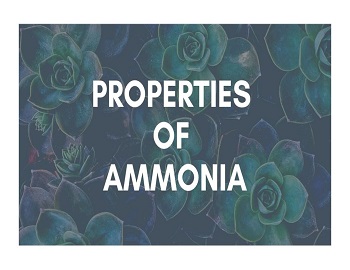
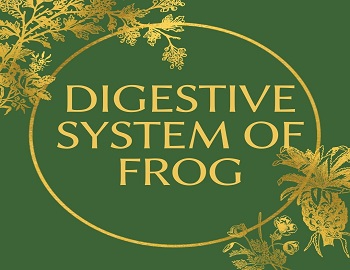
Comments (No)